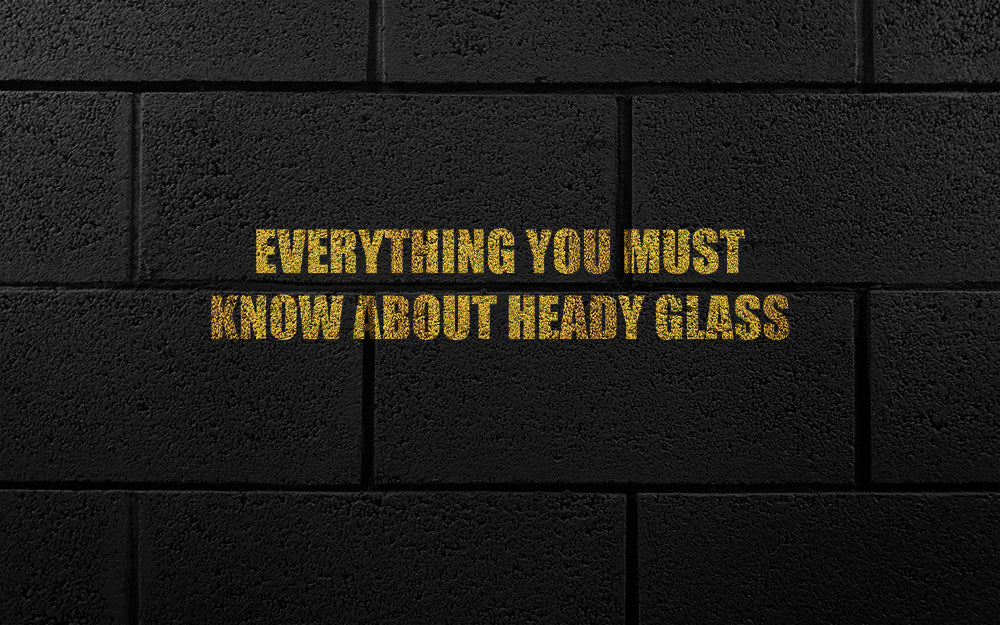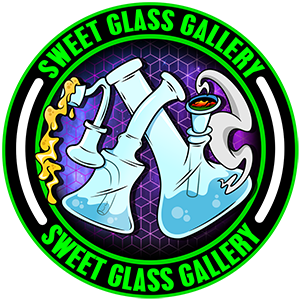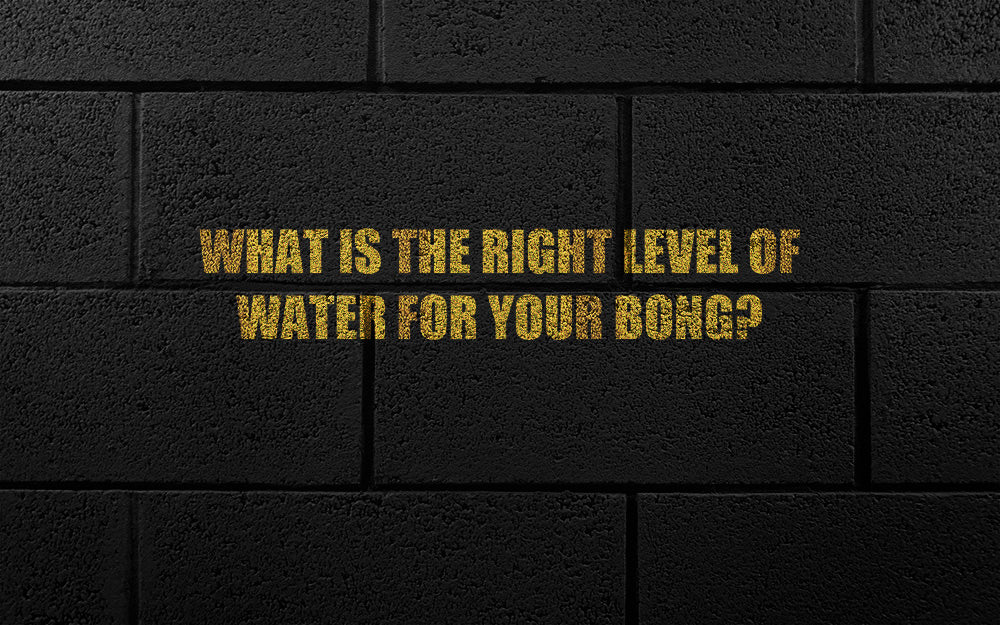
Everything You Must Know About Heady Glass

All smoking pipes using a water chamber have at least one glass component. Many water pipes are made entirely of glass, such as the classic bongs. However, dab rigs and hookahs aren’t all glass because different components use distinct materials for efficacy and efficiency.
Irrespective of the plethora of designs of bongs, dab rigs, and hookahs, you will come across a lot of smoking apparati or water pipes that use heady glass. Those unfamiliar with the different types of glass may wonder what heady glass is and whether it is better than the other variants.
Well, here is the ultimate guide to help you understand everything you must know about heady glass.
Scientific Glass Vs. Heady Glass
Smoking pipes having a water chamber use scientific glass. There are other terms for the same material, such as borosilicate and functional glass. Both borosilicate and functional glass are the same variety unless there is a different intended purpose, which influences the characteristics.
Borosilicate or functional glass is known as scientific glass because of its use in labs. However, the real difference between borosilicate, functional, or scientific glass and ordinary types is the level of hardness and resistance to temperature. Ordinary glass is soft glass in this context.
Scientific glass can easily endure temperatures as high as 3000 °F (~1650 °C). In comparison, soft glass begins to liquify or melt at temperatures just over 1832 °F (1000 °C). This liquifying or melting of regular glass is more akin to softening, not actually flowing in a fluidic state.
Traditionally and even nowadays, bongs, dab rigs, or hookahs use functional or scientific glass. The standard borosilicate glass is durable and thick. It can safely endure the high temperatures you require to dab concentrates or smoke dry herbs using a bong. Hookahs are a bit different.
The glass base or water chamber of a hookah doesn’t get exposed to direct heat or flames, so the part doesn’t have to be as resistant to high temperatures as a bong bowl or dab nail. But let me now separate the borosilicate, functional, or scientific glass from what is called heady glass.
Heady glass isn’t merely functional or scientific glass. Any kind of heady glass is handcrafted. The process usually includes hand blown techniques and glassblowing. Heady glass isn’t made using assembly lines. Almost all functional or scientific glass is mass produced in factories.
In contrast, every piece of heady glass is individually crafted by an artist, which is what makes such a creation unique and strikingly different from borosilicate, functional, or scientific glass.
The Advantages of Heady Glass
Heady glass is a handcrafted creation with unique attributes. Borosilicate, functional or scientific glass is mostly clear and in standard shapes, such as a beaker, tube, etc. In contrast, any heady glass piece can take whatever shape and size that a glassblower can imagine and produce.
Most heady glass pieces have distinct contours. Also, heady glass is colorful. Glassblowers may use one or more colors to infuse their heady glass creations with characteristics that aren’t seen in functional or scientific glass. So, what are the real advantages of heady glass?
The first and most undisputed advantage of heady glass is its artistry. Every heady glass piece may be unique if an artist or glassblower wants such a distinction. In this context, heady glass is almost like handcrafted traditional hookahs, like the Egyptian bases, bowls, and pipes, or stems.
The second unmistakable advantage of heady glass is its value. The artistic shapes and sizes, colors, and the possibility of unique features make heady glass a treasurable component for any bong, dab rig, or hookah. Functional or scientific glass is just borosilicate in standard forms.
The third advantage is not exactly an objective element. Heady glass or its artistic value is a lot about your subjective assessment of what the creation is. Thus, heady glass can become a truly special feature or material if you prize the uniqueness, especially compared to scientific glass.
Heady Glass Has Disadvantages
Heady glass is undoubtedly more appealing and attractive than scientific glass. But heady glass isn’t necessarily more durable or stronger than borosilicate or functional glass. Not every heady glass variety is as thick as scientific glass. The temperature resistance may vary as well.
Subject to the sturdiness of heady glass, it may be more easily breakable than scientific glass. A bong, dab rig, or hookah with heady glass components may not be as durable as borosilicate or functional glass. Having said that, the aesthetics and individuality or uniqueness stand apart.




